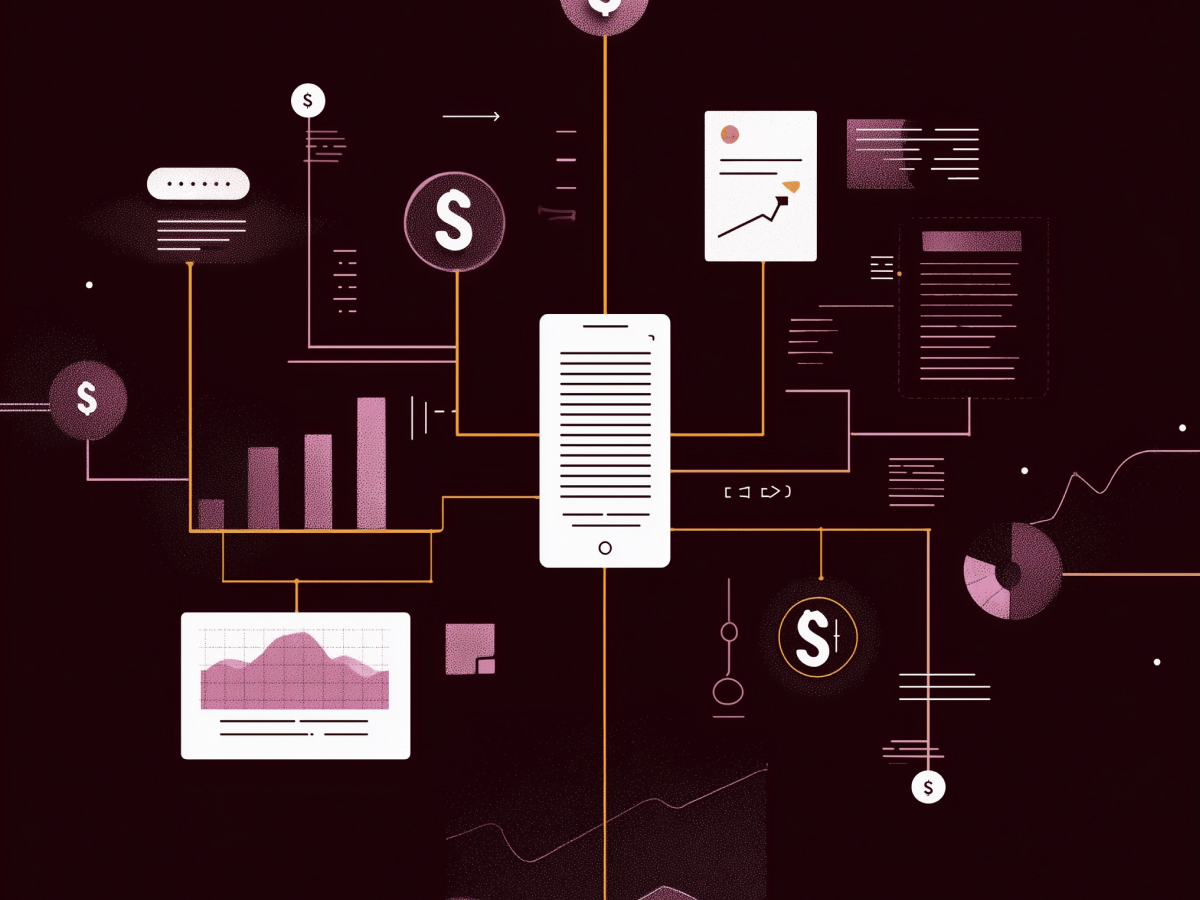Hotel loyalty programs are less effective than airline programs
When it comes to loyalty, the difference between hotels and airlines is striking. Airline loyalty programs have mastered the art of keeping customers locked in, while hotel programs often miss the mark. Why? It’s about value and immediacy. With airlines, the benefits are clear: priority boarding, free checked bags, and faster upgrades. These perks hit right where it matters, directly improving the travel experience. Hotels, on the other hand, offer rewards that often feel like they’re a long way off, requiring more effort or frequent stays to unlock something tangible.
Here’s the challenge: hotels operate in a market where options are often interchangeable. A traveler might choose between a dozen comparable accommodations in the same area. Without compelling reasons to stay loyal, like unique benefits or consistent perks, hotels struggle to differentiate themselves. The data backs this up, Morning Consult found that 17% of hotel loyalty members stayed equally at hotels where they weren’t members. Compare that to just 9% for airlines, and you see a clear gap in effectiveness.
“For hotels, the takeaway is simple: improve the immediacy and visibility of rewards. People stick around when they feel they’re getting something valuable in return.”
Frequent hotel users are more influenced by loyalty programs
Frequent travelers are the bread and butter of any loyalty program, and for good reason, they use it often enough to see the benefits stack up. Morning Consult found that travelers staying five or more times per year are twice as likely to stick with a hotel where they’re members. That’s a signal of loyalty done right: offering meaningful, consistent value that encourages repeat business.
Think about it from the customer’s perspective. If you’re traveling often, you want perks that make those stays better, upgrades, exclusive amenities, and hassle-free check-ins. For these users, loyalty programs become a no-brainer because the benefits directly improve their experience every time they stay.
But here’s the nuance: occasional travelers don’t feel this same pull. If they’re only staying a few times a year, they might not see enough value to justify picking one hotel chain over another. The opportunity here is for hotels to find ways to engage casual travelers, offering smaller but immediate perks that create a sense of belonging early on. It’s about planting the seed of loyalty, even if the traveler isn’t racking up five stays a year yet.
Loyalty programs are major decision-making tools
For some people, points are the reason they book. Roughly 60% of loyalty program members consider their rewards when planning trips. Among younger travelers, especially Gen Z, this influence is even more pronounced. They’re more likely to take a trip just to use up points, which makes loyalty programs a key motivator for travel.
Gen Z is a fascinating group, they value experiences and gamified systems that make rewards feel like an achievement. They’re also digital natives, meaning they expect loyalty programs to work seamlessly online and through apps. If a program is clunky or outdated, they’ll notice, and they’ll move on.
This trend shows an important shift: loyalty programs need to evolve to stay relevant. It’s no longer enough to just offer points; you need to make the experience engaging, easy, and aligned with what these travelers value most, immediate gratification and memorable experiences. Programs that fail to adapt risk losing the next generation of loyal customers.
Complexity in points redemption hinders program effectiveness
Let’s talk about friction, the silent killer of loyalty programs. Earning points is one thing; redeeming them is another story entirely. Too often, travelers find themselves sitting on a pile of unused points because the redemption process is either confusing, time-consuming, or full of hidden restrictions. According to Morning Consult, even frequent “power users”, those who engage with loyalty programs every two to three months, regularly leave points on the table. Why? Expiration policies or poorly designed systems get in the way.
Think about it: if redeeming points feels like solving a complex puzzle, the value of those points diminishes in the customer’s eyes. And this isn’t an occasional annoyance, it’s a systemic issue.
“Travelers want simplicity and transparency. If the process isn’t intuitive, many will simply stop trying, leaving them frustrated and disengaged.”
The fix here is straightforward: simplify the redemption process. Make it as easy to spend points as it is to earn them. Whether that means clearer instructions, user-friendly app interfaces, or removing unnecessary hurdles, the goal is the same, reduce friction. When customers feel they’re getting value without jumping through hoops, they’re more likely to stay loyal. And that’s the whole point.
Members feel undervalued
Loyalty isn’t just about perks; it’s about how customers feel. And right now, a lot of loyalty program members aren’t feeling the love. Less than half, 43%, to be exact, say their program makes them feel like valued customers. This issue is even more pronounced among older (35%) and wealthier (32%) travelers, who report a huge decline in perceived value.
These groups are typically high-value customers. They spend more, travel more, and engage more. If they feel underappreciated, they’re more likely to shift their loyalty, or their dollars, to competitors who make them feel seen and rewarded. A loyalty program that doesn’t deliver on its promise becomes just another transactional tool, and that’s a missed opportunity.
To solve this, programs need to focus on personalization. Think exclusive offers, tailored rewards, or simply better communication. A little effort in showing appreciation can go a long way, especially with travelers who are already invested in your brand.
Partnerships strengthen loyalty programs
Loyalty programs don’t have to go it alone. Some of the most successful programs are those that partner with other brands to create added value. Take Marriott Bonvoy teaming up with Starbucks Rewards, or Hyatt linking up with The Venetian Resort in Las Vegas. These partnerships expand the reach and utility of loyalty programs, letting members earn and redeem points across a broader range of experiences.
Why does this work? It’s about relevance. Travelers are looking for a holistic experience. Partnerships let loyalty programs tap into everyday habits, like grabbing a coffee, and connect them to travel rewards. Integration makes the program feel more useful, more often, which keeps members engaged.
Of course, there’s a balance to strike. Too many partnerships, or poorly aligned ones, can dilute the brand. The key is to collaborate with brands that complement your core offerings and increase the customer experience. When done right, partnerships add value and create new opportunities to win and retain loyal customers.
Key takeaways for decision-makers
- Hotel loyalty lags behind airlines: Hotels struggle to match airlines in retaining repeat customers. Only 43% of loyalty members feel valued, and frequent travelers are twice as likely to stay loyal only when benefits are compelling and immediate. Leaders should prioritize improving hotel program perks to increase engagement.
- Generational and behavioral shifts: Younger travelers, particularly Gen Z, are more likely to plan trips specifically to redeem points. Simplifying the redemption process and introducing gamified or experiential rewards can help capture this demographic and build long-term loyalty.
- Complex redemption processes: Confusing and cumbersome reward systems lead to wasted points and diminished trust. Simplifying the points system and offering clear, frictionless redemption options are critical to re-engaging both casual and frequent travelers.
- Partnerships drive relevance: Strategic collaborations, like Marriott Bonvoy with Starbucks, extend program appeal beyond traditional travel uses. Leaders should seek innovative partnerships that integrate loyalty benefits into customers’ everyday lives, increasing program utility and retention.





